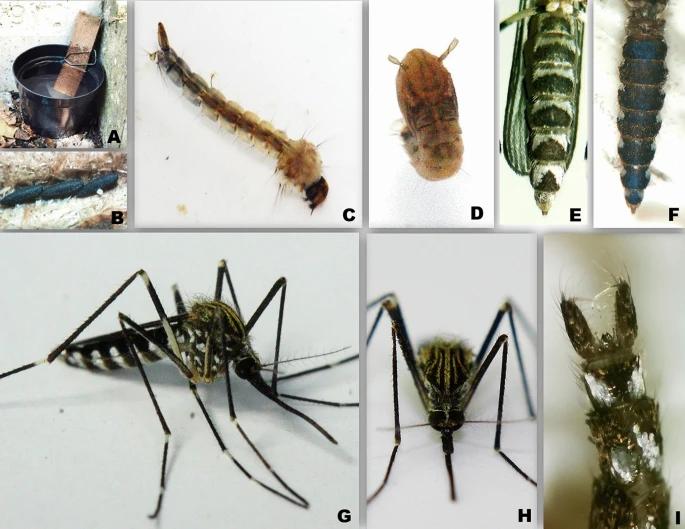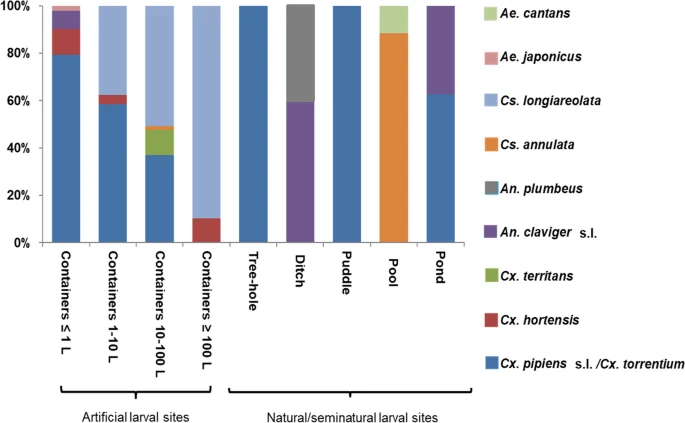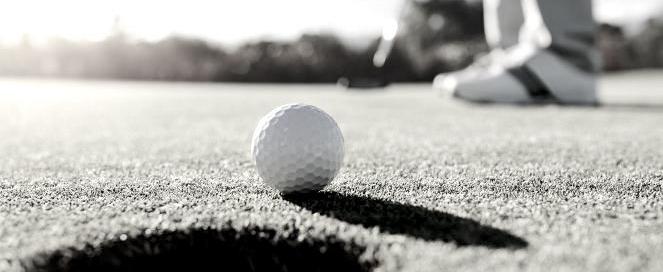With the arrival of good weather, outdoor activities become important. Leaving home or the office has great benefits, both for personal well-being and for socializing with other people. Golf is one of the recreational activities in which people spend more time outdoors, and therefore, also in which they can be more exposed to mosquito bites.
Despite the fact that hardly any studies have been done on insects and the nuisance they cause on golf courses, they meet the requirements to house a good number of species: lawns, forest areas, bushes and different types of water bodies: from small and ephemeral sites, to large permanent water ponds. Each of the habitats can be occupied by different species, and although to date there is no clear evidence of nuisance caused by mosquitoes, the presence of some species is a concern for public health authorities.
In order to figure out the mosquitoes present in golf courses in northern Spain, Mikel A. González and other researchers, who are part of the ReNED (National Network of Digital Entomologists), validate the images received by Mosquito Alert, have carried out a study in two golf courses located in Álava (Basque Country). Using different types of traps, and morphological and molecular analyses, they have managed to characterize the insects present in these recreation areas.
The Asian bush mosquito (Aedes japonicus) is present in the golf courses of Álava
A total of 11 mosquito species were detected: 10 native species and the invasive Asian bush mosquito (Aedes japonicus). The most abundant species were the common house mosquito (Culex pipiens) and Culex terrentium, both located in different habitats and using various types of water bodies to reproduce.

Fig. 1. Image of an oviposition trap (ovitrap), the Aedes japonicus eggs found, various stages of development and an adult female with her characteristic dark thorax with several golden bands. Source:González et al. 2021. Acta Parasitologica.
Another very present species was Culiseta longiareolata, which breeds exclusively in artificial containers that accumulate water; while Anopheles plumbeus is restricted to the vegetation of the streams that surround the fields. The work has also identified up to 13 species of Culicoides, small dipterans that also bite and, on occasion, can act as vectors of parasites and diseases, such as bluetongue that affects sheep, goats and cattle.

Fig. 2. Relative abundances of each of the mosquito species identified in the golf courses, depending on the type of aquatic habitat in which they have been located (artificial or natural/semi-natural containers). Source: González et al. 2021. Acta Parasitologica.
The study sheds light on the diversity of mosquitoes and other biting diptera present on a golf course, as well as the types of aquatic habitats that each species occupies, information that can help manage these insects on golf courses where that users perceive an excess of inconvenience or there is a health alert.
Reference:
González MA, Delacour-Estrella S, Bengoa M, Barceló C, Bueno-Mari R, Eritja R, Ruiz-Arrondo I. 2021. A Survey on native and invasive mosquitoes and other biting dipterans in Northern Spain. Acta Parasitologica: doi.org/10.1007/s11686-022-00529-1




